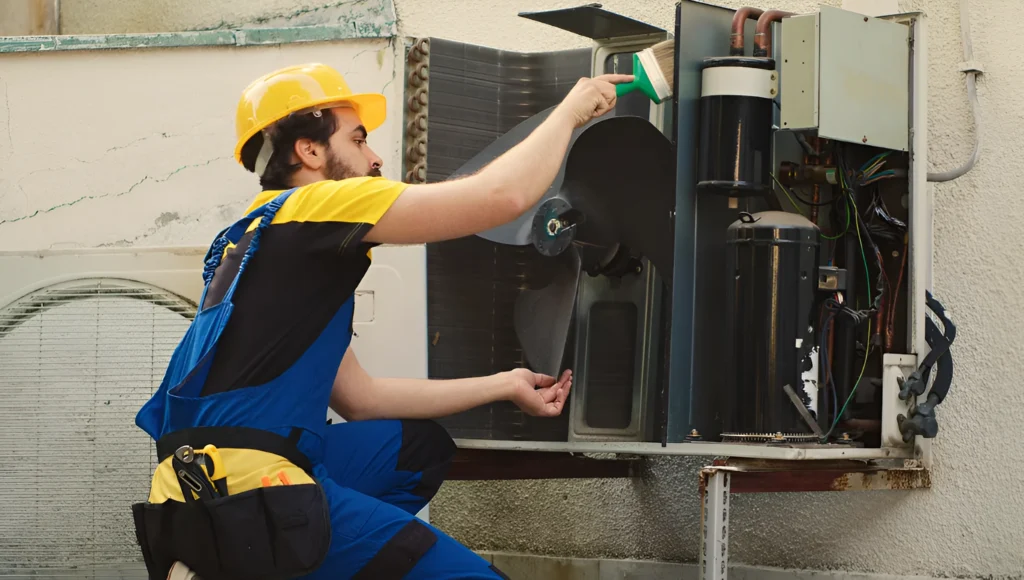When it comes to commercial spaces, the design of an HVAC (Heating, Ventilation, and Air Conditioning) system goes far beyond temperature control. A properly designed system creates a comfortable, healthy, and energy-efficient environment while meeting the specific needs of the business. Offices, retail stores, restaurants, and industrial facilities each present unique requirements. Among these, office spaces demand special attention since they must balance comfort for employees, operational efficiency, and compliance with building codes.
Why HVAC Design Matters in Offices
An office environment should foster productivity and well-being. Poor indoor air quality, uncomfortable temperatures, or high noise levels can negatively impact employee performance. At the same time, businesses need energy-efficient solutions to keep operational costs in check. That’s why careful planning is essential when designing HVAC systems for office settings.
Key Considerations for Office HVAC Design
1. Occupancy and Space Utilization
Office buildings vary widely in size and usage. Heating and cooling loads must be calculated based on the number of occupants, electronic equipment, and layout of the space. Open-plan offices may require zoning to prevent hot and cold spots, while smaller offices may need simpler systems.
2. Ventilation and Indoor Air Quality
Proper ventilation ensures a steady supply of fresh air while removing contaminants. Offices should meet local building codes for ventilation rates to maintain good indoor air quality. Adding high-quality filters can also reduce dust, allergens, and airborne particles, which is especially important in today’s health-conscious work environments.
3. Humidity Control
Controlling humidity is just as important as temperature regulation. Excess humidity can lead to mold growth, while overly dry conditions may cause discomfort. Integrating humidity control devices within the HVAC system helps maintain an optimal balance year-round.
4. Energy Efficiency
Energy-efficient equipment not only reduces utility bills but also supports sustainability goals. Choosing systems with high SEER ratings and incorporating energy recovery technology allows businesses to reuse heat or cooling from exhaust air. Programmable thermostats and zoning also improve efficiency by adjusting temperatures based on occupancy patterns.
5. Thermal Comfort
Comfort is key to maintaining productivity in office spaces. Even air distribution, proper duct design, and adjustable thermostats help prevent uneven temperatures. Zoning allows different areas—such as meeting rooms, lobbies, or private offices—to be set to the ideal temperature for each use.
6. Noise Reduction
Excessive noise from HVAC systems can distract employees. To minimize disruptions, businesses should choose quiet equipment and consider acoustic solutions in duct design and placement of mechanical units.
7. Maintenance and Accessibility
An HVAC system must be designed with maintenance in mind. Easy access to filters, ducts, and units ensures timely servicing, extending the lifespan of the system and maintaining efficiency.
8. Compliance with Codes and Standards
Every HVAC system must comply with local building codes, energy standards, and industry regulations. Staying informed about updates ensures that the system remains safe, efficient, and legally compliant.
Final Thoughts
By addressing these considerations, businesses can design HVAC systems that provide consistent comfort, improve air quality, and lower long-term operating costs. Offices thrive when their HVAC systems are tailored to occupancy, efficiency, and comfort needs—creating healthier and more productive workspaces.

